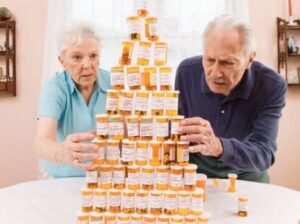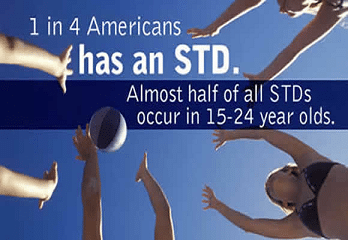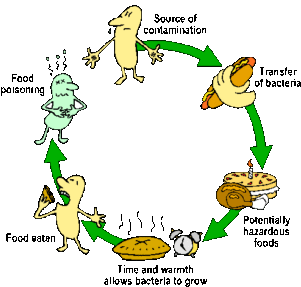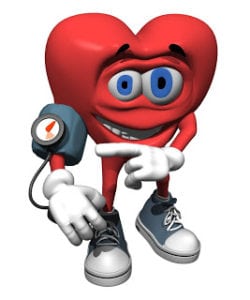Introduction
This Straight, No Chaser address your basic questions and answers anemia!
What is anemia?
Anemia is a condition defined by blood containing a lower than normal number of red blood cells or if the blood cells present don’t contain sufficient hemoglobin (the protein that carries oxygen throughout the body). Anemia from iron deficiency is the most common nutritional deficiency.
What causes anemia?
There are many causes of anemia and many different types of anemia, but the most common causes are blood loss (the moss common cause), a lack of red blood cell production and higher than normal rates of destruction of red blood cells.
What are the symptoms of anemia?
One of the major points of blood is it is the vehicle for carrying blood and removing carbon dioxide (waste) from your body. The presence of anemia means the absence of sufficient oxygen through the body. This produces symptoms such as fatigue (the most common symptom), weakness, shortness of breath, dizziness, headaches, cold feeling in the hands and feet, pale skin and chest pain. Severe or long-lasting anemia can cause actual damage to your heart, brain, and other organs in your body and can lead to death.
Are there risk factors?
Practically, the biggest risk factor is being a woman of child-bearing age because of the ongoing blood loss that occurs from menstruation. Additional major risk factors include a poor diet (meaning one low in iron, vitamins or minerals), blood loss from surgery or an acute injury, long-term or serious illnesses and infections, and a family history of inherited anemias (e.g. sickle cell anemia or thalassemia).
How do you diagnose anemia?
It’s important to note that all anemia is not created equal. Furthermore, symptoms don’t have to be present. Anemia is rather easily identified with a simple blood test (the complete blood count, aka CBC). In many instances, that’s the beginning of the assessment. Additional tests may be needed to identify the specific test of anemia.
How do you treat anemia?
Believe it or not, in many instances, the treatment of anemia isn’t as simple as taken an iron supplement, and thus medical assessments should be considered essential. Treatment for anemia depends on the type, cause, and severity of the underlying condition. Anemia treatment may involve dietary changes and/or supplements, but it may require other medicines, procedures, or surgery to treat blood loss.

What can I do?
Focus your efforts on these specific actions:
- Prioritize getting routine evaluations and evaluations as needed in the midst of suggestive symptoms.
- If you fall into a risk category, your diet and iron supplementation matters. Your body needs iron to make hemoglobin. You can enhance iron absorption by eating red meats, chicken, turkey, pork, and fish/shellfish. If you don’t eat meat, foods that are good sources of iron include dark green leafy vegetables. This include such spinach, tofu, peas, dried fruits (prunes, raisins and apricots), prune juice and iron-fortified cereals and breads. Maintaining Vitamins B12, Vitamin C and folic acid, are also important in maintaining healthy cells and absorbing iron.
The good news is anemia can often be easily identified, treated and controlled. As with many other conditions, early diagnosis and treatment are key for improving one’s quality of life and life expectancy.
Follow us!
Ask your SMA expert consultant any questions you may have on this topic. Also, take the #72HoursChallenge, and join the community. Additionally, as a thank you, we’re offering you a complimentary 30-day membership at www.72hourslife.com. Just use the code #NoChaser, and yes, it’s ok if you share!
Order your copy of Dr. Sterling’s books There are 72 Hours in a Day: Using Efficiency to Better Enjoy Every Part of Your Life and The 72 Hours in a Day Workbook: The Journey to The 72 Hours Life in 72 Days at Amazon or at www.jeffreysterlingbooks.com. Another free benefit to our readers is introductory pricing with multiple orders and bundles!
Thanks for liking and following Straight, No Chaser! This public service provides a sample of http://www.SterlingMedicalAdvice.com (SMA) and 844-SMA-TALK. Likewise, please share our page with your friends on WordPress! Also like us on Facebook @ SterlingMedicalAdvice.com! Follow us on Twitter at @asksterlingmd.
Copyright © 2018 · Sterling Initiatives, LLC · Powered by WordPress
















































































